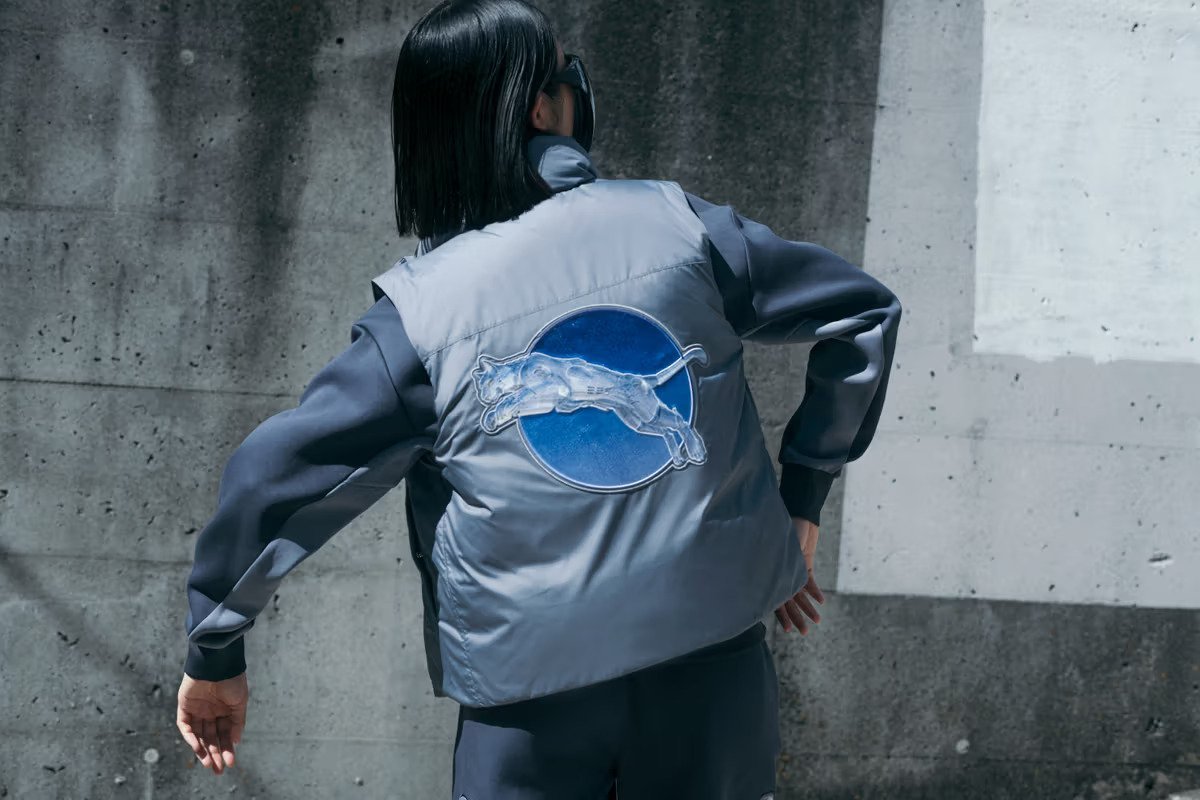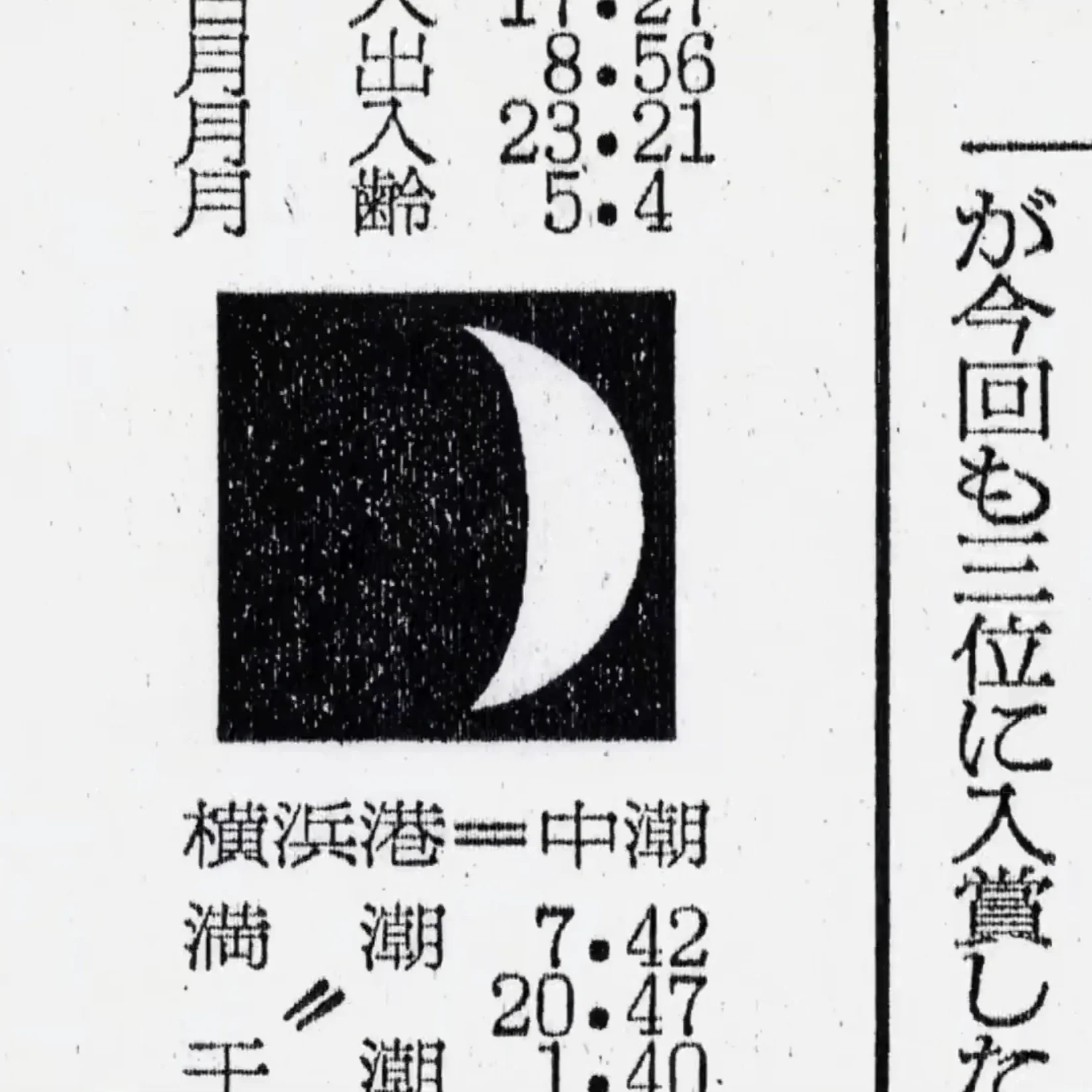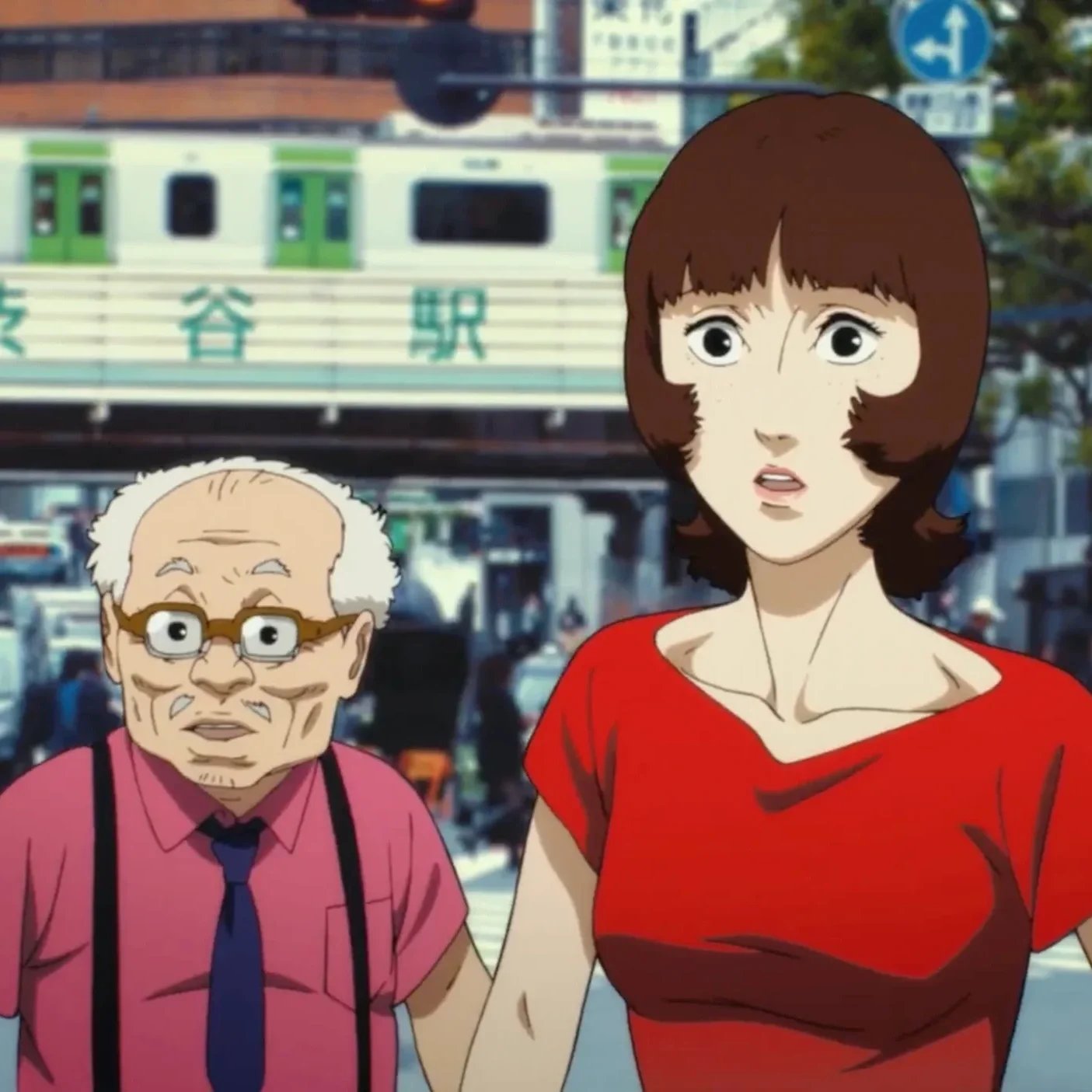Chrome Eroticism - The World of Hajime Sorayama
© Hajime Sorayama
Hajime Sorayama stands out for his fusion of fantasy and reality. This master illustrator is celebrated for his hyper-realistic depictions of feminine robots, infused with romanticism that blurs the lines between the organic and the mechanical. Sorayama's work, which he terms "superrealism," has captured the interest of audiences around the globe, cementing his place as a pivotal figure in contemporary art.
Early life and influences
Hajime Sorayama was born in 1947 in Imabari, a city in Japan’s Ehime Prefecture. His early artistic inclinations were heavily influenced by the provocative imagery found in magazines like Penthouse. This fascination with pin-up art persisted through his teenage years, driving him to perfect his drawing skills. Sorayama initially pursued studies in English literature and Ancient Greek at Shikoku Gakuin University, inspired by the travel literature of Makoto Oda. However, his passion for art eventually led him to found a controversial university magazine, "Pink Journal," which prompted him to shift his focus to art and enroll in Chuo Art School in 1967.
Graduating at 21, Sorayama began his career in the advertising industry, where he developed his artistic techniques and built a foundation for his future endeavors. By 1972, he had transitioned to freelance illustration, which allowed him greater creative freedom. A significant milestone came in 1978 when he was asked to create an illustration inspired by the droid C-3PO from "Star Wars" for an advertising poster for Suntory. This commission marked the birth of his first robot illustration and set the stage for his exploration of biomechanical forms.
The Sexy Robot series and global recognition
Sorayama's breakthrough came in 1983 with the publication of "Sexy Robot," a book that showcased his vision of humanoid robots. These creations, half-metal and half-human, moved beyond traditional pin-up art to introduce sensual, lifelike robotic figures. The intricate details and provocative poses of these gynoids garnered international acclaim and established Sorayama as a pioneer in the realm of superrealism.
The success of "Sexy Robot" led to further publications and a growing presence in major magazines such as Heavy Metal, Metal Hurlant, and Penthouse. His long-standing fascination with the interplay between the mechanical and the sensual found a new and expansive audience, solidifying his reputation as a unique voice in contemporary art.
In 1993, Hajime Sorayama released "The Gynoids," a seminal work that further cemented his reputation as a master of superrealism and romantic art. The book delves deeper into his fascination with biomechanical forms, presenting a stunning collection of female robots that blur the lines between human sensuality and futuristic technology.
"The Gynoids" expands on the themes introduced in his earlier works, featuring highly detailed illustrations that capture the intricate interplay of metal and flesh. Each piece in the book showcases Sorayama's unparalleled skill with the airbrush, bringing to life the shimmering surfaces and lifelike textures of his robotic muses.
Cover art of The Gynoids book│© Hajime Sorayama
Philosophy and approach to art
Sorayama’s work is celebrated not just for its aesthetic appeal but also for its technical brilliance. The hyper-realism in his illustrations requires meticulous attention to detail, achieving a lifelike quality that brings his robotic subjects to vivid life. His mastery of the airbrush technique plays a significant role in this realism, allowing him to create smooth, reflective surfaces that enhance the metallic sheen of his robots. The detailed rendering of textures, from the softness of human skin to the hardness of metal, showcases his technical prowess and deep understanding of visual art.
Despite his considerable success and acclaim, Sorayama remains humble about his work. When asked about the motivation behind his collaboration with PUMA, Sorayama said the following:
“I don't refer to myself as an artist, nor do I call my work art. For me, it's always about entertainment, primarily self-entertainment. I do things that satisfy and amuse me, and if my followers enjoy it too, then that's great. This approach has sustained me for over 50 years.”
Sorayama does not consider himself an artist, nor does he label his creations as art. For Sorayama, his creations are not labeled as art. He creates what pleases and amuses him, and if others enjoy it too, that is an added bonus.
This philosophy is evident in his approach to projects. When he commits to a task, especially one with significant global influence, he gives it his all. His collaboration with PUMA, involved integrating the brand’s logo with his humanoid aesthetics, resulting in a unique and striking collaboration.
Sorayama's philosophy of self-entertainment and personal satisfaction speaks to his authenticity as an artist. He does not create to please others or to fit into preconceived notions of what art should be. Instead, he follows his instincts and passions, resulting in work that is deeply personal and yet universally appealing. This approach has allowed him to remain true to his vision while also resonating with a broad audience.
© Puma
High-Profile collaborations and projects
Hajime Sorayama's collaboration with OriginalFake, the brand founded by the contemporary artist KAWS, marked a significant milestone in his illustrious career. This partnership brought together Sorayama's hyper-realistic robotic imagery and KAWS' distinctive pop-art style, resulting in a collection that fused their unique aesthetics. The collaboration featured limited-edition vinyl figures and apparel that highlighted Sorayama's meticulous attention to detail and KAWS' playful, yet subversive, design elements. This fusion of fine art and street culture not only expanded Sorayama's influence into new realms but also showcased his ability to innovate and remain at the forefront of contemporary art trends.
Sorayama's influence and appeal have transcended traditional art forms, leading to collaborations with high-profile brands and artists. In 2019, Dior commissioned him to create a giant metal sculpture for their Pre-Fall event, inspired by his "Sexy Robot" series. This monumental project required meticulous work and highlighted Sorayama's ability to seamlessly integrate his aesthetic into the fashion world.
Sorayama's collaboration with Dior was a significant highlight, not just for its scale but for the way it brought his robotic visions into the realm of haute couture. The giant metal fembot, standing as a testament to his "Sexy Robot" aesthetic, was a striking centerpiece that merged high fashion with futuristic art. This project underscored his ability to adapt his unique style to different contexts, creating a dialogue between fashion and art that captivated audiences.
In 2021, he worked with The Weeknd on a statue for the 2nd part of the “After Hours Til Dawn” global stadium tour. This collaboration placed Sorayama's futuristic aesthetic on a literal pedestal. The statue featured Sorayama's signature biomechanical designs. This commission not only highlighted Sorayama's versatility but also underscored his continued relevance and influence in contemporary pop culture, bridging the gap between music and visual art in a strikingly innovative way.
© Hajime Sorayama x KAWS
Contributions to film and pop culture
Sorayama's talents extended beyond print media, making significant contributions to the film industry. His designs featured in movies like "Brain Dead," "Timecop," and "Space Trucker," leaving an indelible mark with their biomechanical warriors. Notably, his work influenced the design of the iconic character RoboCop, with the production team drawing inspiration from his "Sexy Robot" series to achieve the desired aesthetic.
In addition to his contributions to film, Sorayama's art graced various other media. He designed trading cards, limited edition prints, and the cover for Aerosmith's album "Just Push Play." One of his most notable achievements was the creation of the initial concept for Sony’s robotic pet AIBO, launched in 1999. This innovative design earned him the Grand Prize of Best Design award in 2000 and secured a place for his work in the permanent collections of the Museum of Modern Art in New York and the Smithsonian Institution.
Sorayama's influence in popular culture is far-reaching. His unique aesthetic has inspired numerous artists and designers across various fields, including fashion, music, and technology. The sleek, futuristic look of his robots has become synonymous with a vision of the future where technology and human desires intertwine. This blending of themes is particularly evident in his work on the AIBO, where he managed to infuse a robotic pet with a sense of personality and charm, making it more than just a machine but a companion.


Legacy and impact
Hajime Sorayama's career, spanning over five decades, is a testament to his enduring creativity and technical mastery. His hyper-realistic depictions of metallic goddesses and biomechanical forms have left a lasting impact on the art world. Sorayama's integration of fine arts, illustration, and industrial design has resulted in works of extraordinary perfection, capturing minute details with unparalleled precision. As he himself puts it:
'“Art is a kind of tenacity, an insistence upon asserting your originality. Superrealism, by contrast, deals with the technical issue of how close one can get to one's object."
Sorayama's contributions have not only influenced contemporary art but also popular culture and technology. His designs have inspired filmmakers, musicians, and fashion designers, proving that his vision resonates across various fields. Sorayama’s work continues to be celebrated in exhibitions and collections worldwide, ensuring that his legacy will endure for generations to come.
The influence of Sorayama's work can be seen in various aspects of contemporary culture. His hyper-realistic robots have become iconic, representing a futuristic vision that blends human sensuality with technological advancement. This vision has inspired a generation of artists and designers who seek to explore similar themes in their work. Sorayama's legacy extends beyond his artwork; it encompasses his ability to challenge boundaries and provoke thought about the relationship between humanity and technology.
© Hajime Sorayama
Throughout his career, Sorayama has remained dedicated to pushing the boundaries of art and design. He continues to explore new avenues for his creativity, finding inspiration in unexpected places like collaborations, and embracing opportunities to innovate.
Looking ahead, Sorayama shows no signs of slowing down. His collaborations with Mizuno and The Weeknd underscore his ongoing relevance and influence in contemporary culture. By bridging the gap between art and commerce, Sorayama has demonstrated the enduring appeal of his aesthetic and the universal resonance of his themes.
As technology continues to evolve, Sorayama's work remains relevant, offering a timeless exploration of the human condition and our relationship with machines. His ability to capture the essence of both organic and mechanical forms in his art reflects a profound understanding of the intersection between humanity and technology. Sorayama's legacy will continue to inspire and provoke, challenging future generations to rethink conventional notions of beauty, artistry, and innovation.
Sorayama's journey from a young artist experimenting with pin-up illustrations to an internationally acclaimed pioneer of superrealism is a testament to the power of creativity and imagination. His ability to seamlessly blend the organic and the mechanical has reshaped the landscape of contemporary art, influencing artists and innovators across the globe.
© Hajime Sorayama
Through his hyper-realistic depictions of robots and biomechanical figures, Sorayama has not only captured the imagination but also sparked conversations about the future of humanity and technology. His work continues to resonate with audiences of all ages, transcending cultural boundaries and inspiring a new generation of creators.
As we reflect on Sorayama's legacy, one thing is clear: his impact on art and culture is profound and enduring. From his early days as a freelance illustrator to his collaborations with global brands and cultural icons, Sorayama has consistently pushed the boundaries of artistic expression. His commitment to innovation, coupled with his unwavering dedication to craftsmanship, ensures that his legacy will continue to shape the artistic landscape for years to come.
His pursuit of superrealism has not only challenged artistic conventions but also redefined what is possible within the realm of visual storytelling. As we look to the future, Sorayama's visionary approach serves as a guiding light for aspiring artists and innovators, reminding us all of the limitless potential of the human imagination.
Hajime Sorayama's journey is far from over. As he continues to explore new horizons and push the boundaries of art and design, his influence will undoubtedly continue to inspire and captivate audiences around the world.
© Hajime Sorayama













Inside the legacy of one of anime’s most iconic studios.